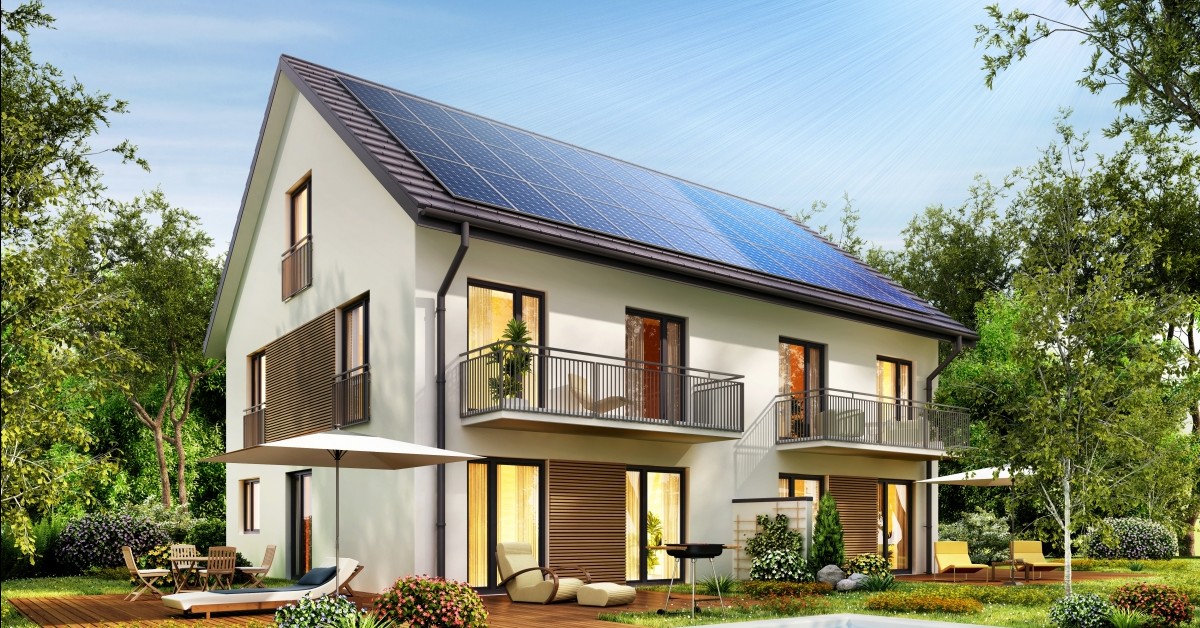Here at West Coast Solar, we think everything about solar is super fun, interesting, and exciting. From groundbreaking revolutions in solar technology throughout history to fun tidbits about the sun, there’s a lot to learn — and a lot to love — about solar.
Fun Facts About Solar You Ought to Know
In this 2020 edition of our Fun Facts About Solar series, we’ll explore insights about solar energy that we haven’t yet touched on. Keep reading to explore more, and if you want to learn how you can benefit from this abundant and affordable renewable energy source, then contact us today to learn more about residential and commercial solar panels in Northern California. In the meantime, let’s put on our learning caps, shall we?
Solar Energy Is the Most Abundant Energy Source
There are many renewable energy resources available, but did you know that solar is now the most abundant — and most affordable — of them all? It’s true! In fact, scientific data shows that more than 173,000 terawatts of solar energy continuously blasts the Earth’s surface, which exceeds the world’s total energy usage by more than 10,000 times. Now that’s a lot of clean energy, wouldn’t you say? The best part is, it’s available, accessible, abundant, and free to use. Aside from the initial costs of installing solar on your home or business, you’re investing in energy that will keep on giving for years to come, delivering a beneficial return on your investment.
California Houses the World’s Largest Solar Plant
The Mojave Desert is home to the Ivanpah Solar Electric Generating System (ISEGS), a gargantuan solar thermal system that is currently generating more than enough electricity to power 140,000 homes in California. In fact, Ivanpah is currently the world’s largest solar plant. The project that was constructed in 2013 generates a 377-megawatt net solar complex through a complex network of mirrors, photovoltaic panels, and receivers located on top of power towers located in various locations. The sprawling solar power system is made up of three separate plants with the goal of making solar available and accessible to Californians for decades to come. What’s more, one of the main objectives of the plant is to reduce carbon (CO2) emissions by more than 400,000 tons each and every year.
Solar Plants Are Built to Endure
Solar plants like the one in Ivanpah are built to last. In fact, they are designed and constructed to have a 40-plus-year lifespan to provide clean, sustainable energy to nearby homes and businesses for decades to come. But what makes these plants so sustainable? The infrastructure surrounding these plants is designed for maximum efficiency, durability, and resistance to weather, climate, insects, and gradual degradation over time. Generally speaking, solar panels may last from 20 to 50 years, depending on the quality of materials and technologies used to build them. What’s more, these tech-savvy systems can be easily upgraded and outfitted with newer, more efficient technology and supporting components to improve performance and keep energy costs down for you.
Solar Energy Helps During Disasters
When emergencies strike, solar energy systems are one of the most efficient ways to restore reliable energy and power to areas that have been affected by a natural or human-caused disaster. This is because temporary solar panels and their supporting systems can be quickly and easily deployed, constructed, or repaired to provide electricity when disaster strikes. Even solar energy that is generated through temporary systems can store and deliver power to help communities throughout the globe get them back on the grid after hurricanes, earthquakes, tornadoes, tsunamis, and other natural disasters.
Solar Power Reduces Carbon Emissions
Unlike energy resources derived from fossil fuels that release a significant amount of carbon emissions, solar produces zero CO2 emissions. Where coal releases anywhere between 800 – 1250 g CO2/kwh, and natural gas releases about 360-575 g CO2/kwh, solar does not emit one single gram of carbon. So what’s wrong with carbon emissions? Let’s talk about climate change.
While pollutants like CO2 are continuously dumped into the air, it causes pollution to build, which changes air conditions, increases temperatures, and affects weather and climate patterns globally. As long as we rely on fossil fuels to power our homes and businesses, we’re only making it harder for the environment to get healthier and for the planet to heal for future generations. On the other hand, by powering your home and businesses with solar, you can help reduce carbon emissions by relying on cleaner, renewable energy produced by the sun.
Discover How Fun Solar Can Be!
We hope you enjoyed learning more about solar energy. If you’re ready to experience the fun of solar for yourself, then get in touch with us. West Coast Solar offers an array (excuse the pun) of solar energy services, including custom solar panel design and installation, and we offer free, no-obligation consultations to answer your questions, walk you through the process, and more. Contact us today for residential and commercial solar panels in California!
Schedule A Free Consultation
The entire West Coast Solar team is excited to help you optimize your energy potential. Connect with us today to schedule your complimentary consultation to learn more about a home solar panel system or a commercial solar panel system. We look forward to hearing from you!
Recent Posts
FAQs About Commercial Solar Power
Are you considering harnessing the power of solar energy for your business with commercial solar panels? West Coast Solar is here to provide you with all the information you need…
Read MoreHow Home Batteries Enhance Solar Energy Systems
In the world of renewable energy, solar power stands out as a beacon of sustainability and cost-effectiveness. As homeowners increasingly turn to solar energy to power their residences, the integration…
Read MoreWhy Residential Solar Energy is More Affordable Than Ever
With the increasing focus on sustainable living and reducing carbon footprints, residential solar energy has emerged as a cost-effective and environmentally friendly solution for homeowners. West Coast Solar, a leading…
Read More


